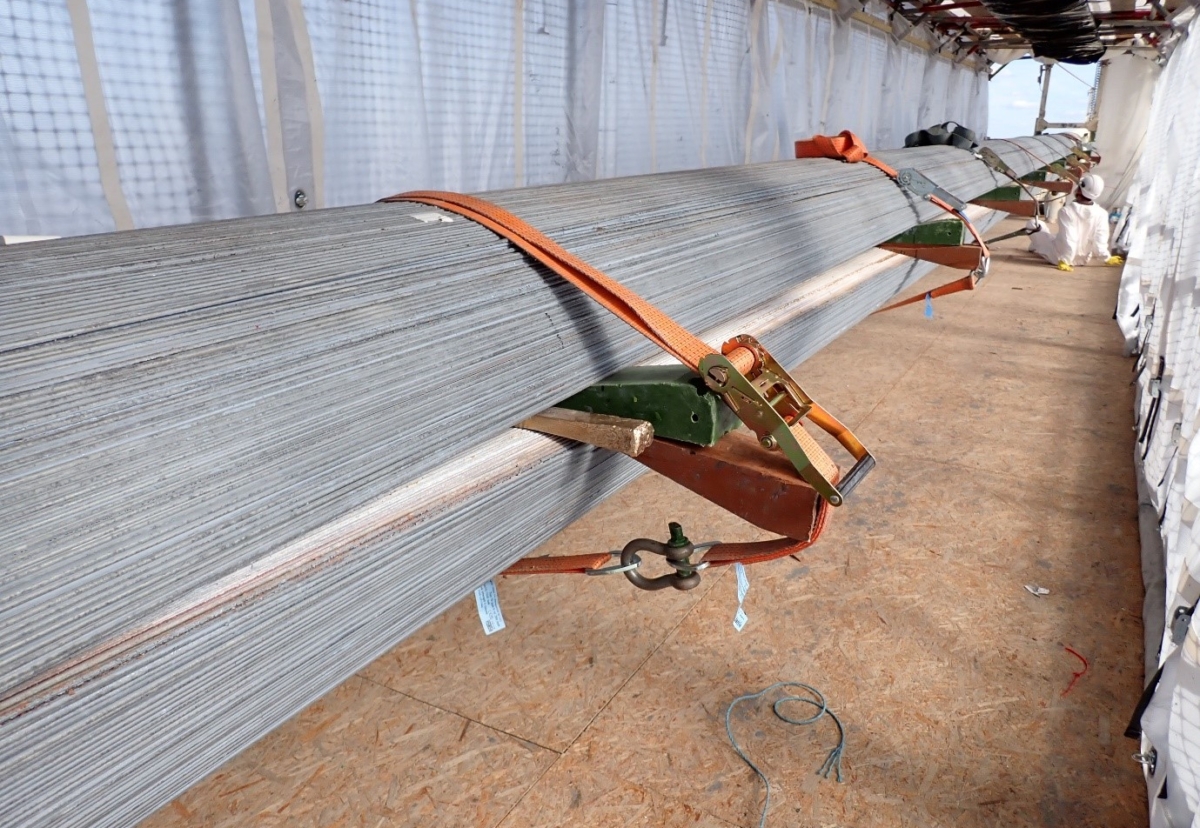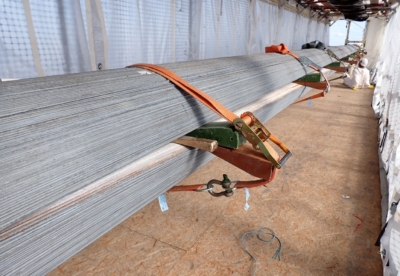From Tuesday 27 May two lanes on the M48 bridge will remain open to all other vehicles to ensure the safety of the bridge and reduce the load on the cables.
The weight restriction will need to remain in place for an estimated 12 to 18 months, dependent on further investigations and whilst National Highways develops and installs a medium-term solution to ensure vehicle loads remain within safe limits.
Chris Pope, Programme Delivery Manager for National Highways, said: “Safety is our number one priority, and this weight restriction is about future-proofing the bridge for years to come.
“Whist the bridge remains safe, it was not designed and built for today’s levels or weight of traffic. Vehicles have got heavier and traffic levels have increased significantly over the last 60 years putting greater load on the cables.
“As with all our structures, we will continue to monitor the bridge and ensure it remains safe for users.”
The M48 Severn Bridge carried roughly 32,000 vehicles a day in 2024, 3,270 of which were heavy goods vehicles over 7.5t, meaning around 10 percent of traffic will be diverted via the M4 Prince of Wales Bridge once the restrictions are in place.
Since the bridge opened nearly 60 years ago, the size and weight of HGVs have increased significantly due to evolving transport demands, some rising from 22 tonnes to 44 tonnes.
Traffic numbers have also increased over the decades. Since the tolls were removed on the bridge in 2018 there has been a 34% increase in traffic and these changes mean a substantial increase in weight over the bridge, which it was not designed for.
The M48 Severn Bridge has undergone several major assessments and interventions related to its main suspension cables due to concerns about corrosion and strength reduction, caused by its exposure to harsh weather conditions.
In 2022/23, an assessment of the bridge’s main cables was carried out followed by further laboratory testing.
Finalised in December 2024, the results revealed that the main cables are deteriorating and not as strong. Due to these results, it was recommended National Highways reduce the load on the bridge to minimise further damage.





























.gif)



 (300 x 250 px).jpg)





















